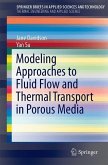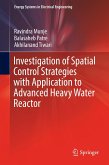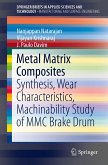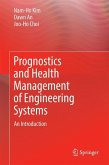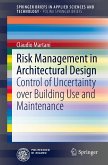Featuring a detailed analysis of current approval requirements and the relevant safety assessment methods for gas cylinders in general and with main focus on composite cylinders for storing compressed natural gas and hydrogen, this book demonstrates how current regulations and standards limit the ability to reduce cost and weight. Based on this data, it then highlights the potential offered by the proposed approval procedure based on probabilistic safety assessment
After addressing the economic potential of probabilistic safety assessments, the book details working procedures and improving cycles and (slow) bursts as methods for assessing residual strength. It then discusses methods for statistically evaluating test data, as well as sample- size and distribution-character considerations. A definition of sample strength is elaborated in terms of the performance sheets developed by the author. On this basis, it discusses safety as a property of service life and interpreted as an
issue of degradation, and explores aspects of artificial aging for simulating the end-of-life reliability level. Lastly, the book considers control and inspection aspects: quality of production, degradation prediction using destructive sample tests parallel to operation, retesting periods and correcting for under- and overestimates of safe lifetime.
Presented in schematic diagrams, illustrations and tables, this information enables manufacturers and operators to use this new approach in practice and supports the improvement of current regulations and standards.
After addressing the economic potential of probabilistic safety assessments, the book details working procedures and improving cycles and (slow) bursts as methods for assessing residual strength. It then discusses methods for statistically evaluating test data, as well as sample- size and distribution-character considerations. A definition of sample strength is elaborated in terms of the performance sheets developed by the author. On this basis, it discusses safety as a property of service life and interpreted as an
issue of degradation, and explores aspects of artificial aging for simulating the end-of-life reliability level. Lastly, the book considers control and inspection aspects: quality of production, degradation prediction using destructive sample tests parallel to operation, retesting periods and correcting for under- and overestimates of safe lifetime.
Presented in schematic diagrams, illustrations and tables, this information enables manufacturers and operators to use this new approach in practice and supports the improvement of current regulations and standards.



